Skin Care, Your Dog, And Covid-19
by Jennifer Wheeler
I don’t bathe my dogs. There. I’ve said it. I – a person whose livelihood is dependent on people pampering their pups – am coming clean(ish). Why now? Because in the shadow of a very real and very scary pandemic, we are more at risk than ever of over-sanitizing our pets. The consequences are serious: too much cleaning damages the wondrous, complex, balanced relationship between a dog’s largest organ (her skin), the coat that grows from it, the millions of important bacteria that live on it, and the outside environment it interacts with.
I was nudged into sharing my approach to canine hygiene after recently reading Clean: The New Science of Skin, by journalist and doctor James Hamblin. Hamblin writes that he doesn’t bathe anymore either for lots of reasons, one of the most important being the microbiome. Scientists and doctors don’t know as much about canine skin, but they do know that microbes play at least as important a role in the health of dogs, perhaps even more so. When we mess the skin, we mess with a sophisticated ecosystem, inviting all sorts of health problems from allergies and dermatitis to more serious conditions like staphylococcus infections. But the microbes are just the beginning. It turns out that “skin deep” is a fascinating place to be on a dog.
The Magic – And Hard Work – of Canine Skin
You may be forgiven if you aren’t in the habit of admiring your dog’s incredible skin. The coat gets all the glory. I’ve never even seen the vast majority of the skin that lies beneath my German Shepherd Dog’s dense, sable-colored fur. But Azzy’s lustrous hair is produced by his skin every day all day, and that is extraordinary. Growing, maintaining, shedding, replenishing, and producing new growth requires a huge amount of energy and lots of coordinated functions. Skin is the dog’s largest organ, and it consumes about 30% of his caloric intake. A dog’s outer layer of skin is where epidermal cells, hair follicles, sweat glands, and sebaceous glands are working together to make lots of stuff. When the hairs emerge from the skin, they are coated with natural oils which minimize frictional damage and align the hair with the follicles that lie under the skin. The secretions are like a lubricant, styling gel, and protective conditioner for a dog’s hair, all in one. When a dog grooms herself or her human brushes, the oils spread over the hair helping to remove dirt and other yuckies.
Skin is also doing other things to stay busy, like constantly rebuilding itself with the help of a steady supply of protein, vitamins, minerals, and lipids. And if that isn’t enough, canine skin is continually making keratinocytes to maintain smoothness and the regular shedding of cells. Interrupting any of these processes is problematic. Skin is a major component of the body’s immune system, and poor skin health can lead to problems with immunity such as infection, microbial disease, or the growth of tumors.
Sterility is the Enemy of Healthy Skin
A lot of people are making a lot of money by selling the idea that being sterile means being safe and healthy, but scientists and doctors will tell you otherwise. Sterilization is an extreme form of cleaning that involves interfering with important natural processes and microorganisms that contribute to the overall well-being of healthy creatures. In fact, it is actually the tendency to sterilize that is linked to many of the most common problems related to canine skin.
Perhaps the most prevalent of these is Canine Atopic Dermatitis (CAD). It’s an allergic reaction that can be caused by something in the environment or something that is ingested, and it makes dogs very itchy. Recent evidence suggests that a healthy microbiome is critical to preventing CAD. Unfortunately for city dwellers, some key aspects of urban life can lead to a less healthy microbiome and thus a high risk of developing skin allergies. Living in an apartment building, in a home that is extremely clean, not having regular access to the outdoors, and not spending a lot of time with other dogs are all factors linked to a decrease in the quality and quantity of important microbes living on canine skin.
Another common and surprising source of skin problems in dogs comes from cosmetic grooming. It may seem like a good idea to clip away unsightly tufts of hair that are prone to matting or getting dirty, but it is usually counterproductive. Even when done by a professional, clipping causes trauma to the skin surface. Once exposed to the air and environment, the skin works hard to quickly make more skin and hair in order to protect itself. Grooming products likewise only muck up the normal secretions and process of hair growth. If that isn’t enough to deter you from taking your pup for a clip, you also risk exposing her to dangerous staphylococcus bacteria not infrequently detected on salon tools.
How Do We Protect the Skin? Dishing Out for Products is Not the Answer
None of us can escape the instinct to look to specialized products and services for improvement and solutions in every aspect of our lives. Addressing the way our dogs’ coats look and feel is no exception. But to truly care for our pets, we need to check that impulse and also look to the natural basics: healthy food, outside play, and regular brushing.
1. A Nutritious Diet
The most important thing any parent can do for a dog’s skin and coat is to feed her a balanced diet rich in protein, fatty acids, vitamins, and minerals.
A shiny coat and healthy skin are generally indicators of good health: they tell you that your dog is getting the quality and quantity of food she needs to sustain proper gut functions and the high metabolic demands of the skin.
Commercial dog food is, by law, “complete and balanced” and provides minimum levels of nutrients that dogs need. We are strong advocates, however, of supplementing a dog’s diet with varied, fresh food (not commercially produced supplements, which can actually cause skin and coat problems). If you feed your pup real food like meaty bones, fish, and vegetables, a shiny coat will be one indication that a varied diet is helping her achieve optimal health.
Any specific skin or coat conditions should of course be discussed with your veterinarian.
2. Don’t Bathe, Do Brush
Shampooing a normal, healthy coat tends to do more harm than good, with some exceptions. If your dog comes into contact with something gross or toxic, use a gentle cleanser designed for canine skin (human soaps do not have the right acidity levels). For more serious problems like dermatitis, cleaning and treatment should be prescribed by a veterinarian.
Brushing, on the other hand, should be a regular part of the grooming routine. In general, it’s all you will need to keep your pup clean by removing dirt and debris from her coat.
Brushing also helps maintain the quality of your dog’s coat by spreading natural protective oils throughout the hair, by removing loose fur, and by preventing matting.
Importantly, brushing will also familiarize you with your dog’s skin, allowing you to quickly detect any irregularities. This could be something minor like dry skin, to something more serious like a tick or abnormal growth.
3. Get Outside, Into Nature
The third part of protecting your dog’s skin and coat is environmental. The skin is not just a barrier between the outside environment and the inside of a dog; it is also a bridge.
The skin’s ecosystem is dynamic and fungible, responding to and taking from the environment around it. Urban dogs need to be outside in natural environments like city parks on a daily basis.
If your pup was bred for a specific purpose or climate, give her experiences that mimic working life. For example, if she is a water dog, take her swimming; if she is a terrier, let her dig in the dirt; if she is a basset hound, let her sniff around a thicket – that loose skin will protect her from thorns! Let her play with friends and do what doggies do.
If your dog has skin characteristics that are prone to problems, like folds or hairless areas, take extra care in consultation with your veterinarian.
What about Covid-19?
These days, most of us are driven to sterilize everything and anything. Covid-19 is real, it is dangerous, and it is the responsibility of each and every one of us to protect ourselves, our families, and the communities we live in. However, as we have discussed, over-sanitizing brings its own set of serious dangers, and there are safer ways for pet owners to keep everyone healthy.
Let’s begin with what not to do:
✘ Using alcohol or hydrogen peroxide-containing cleaning agents like hand sanitizers or wipes on your dog’s fur is contraindicated. There is no evidence that viruses are transmitted by contact with pet hair or skin, and use of these products likely does more harm than good. While it is possible for the virus to be transmitted by touching droplets that land on a hard surface and then touching a mucous membrane on one’s face, there is no evidence that dog fur is one such surface. Dog fur and skin are porous and fibrous, making it highly unlikely that a person could get sick by touching a dog’s coat.
The best precautions to take are to:
✔ Go to the park early when the open spaces are less crowded.
✔ Limit who has contact with your dog.
✔ Use a leash and collar that are easy to clean like something coated in plastic.
✔ Wash your hands and wipe down the gear instead of wiping down your dog.
Skin is beautiful and powerful in every color, shade, and variety. We don’t know everything about how it works, but we do know that it is a highly sophisticated organ that has evolved over millennia to keep our pets safe and healthy. Every urban dog parent and every human must decide for themselves how to best balance communal life with the complex systems at play on skin. Remember shower-free journalist and author James Hamblin who I mentioned in the beginning? Well, according to his girlfriend, as long as Hamblin is getting outside, exercising, eating healthy foods, and not under a great deal of stress, he doesn’t stink but, rather, smells “like a person.” While I’m not quite ready to smell like a person, my dogs smell like dogs, and I’m okay with that.
About the author
Jennifer is a writer and graduate of NYU School of Law. Jennifer researches and writes original, science-based articles for the NYC Doggies blog, and her writing on other topics can be found in the Huffington Post. Jennifer and Ovidiu have co-authored the upcoming book, WHOLE DOG PARENTING: EVERYTHING YOU NEED TO RAISE AND TRAIN AN URBAN PUP
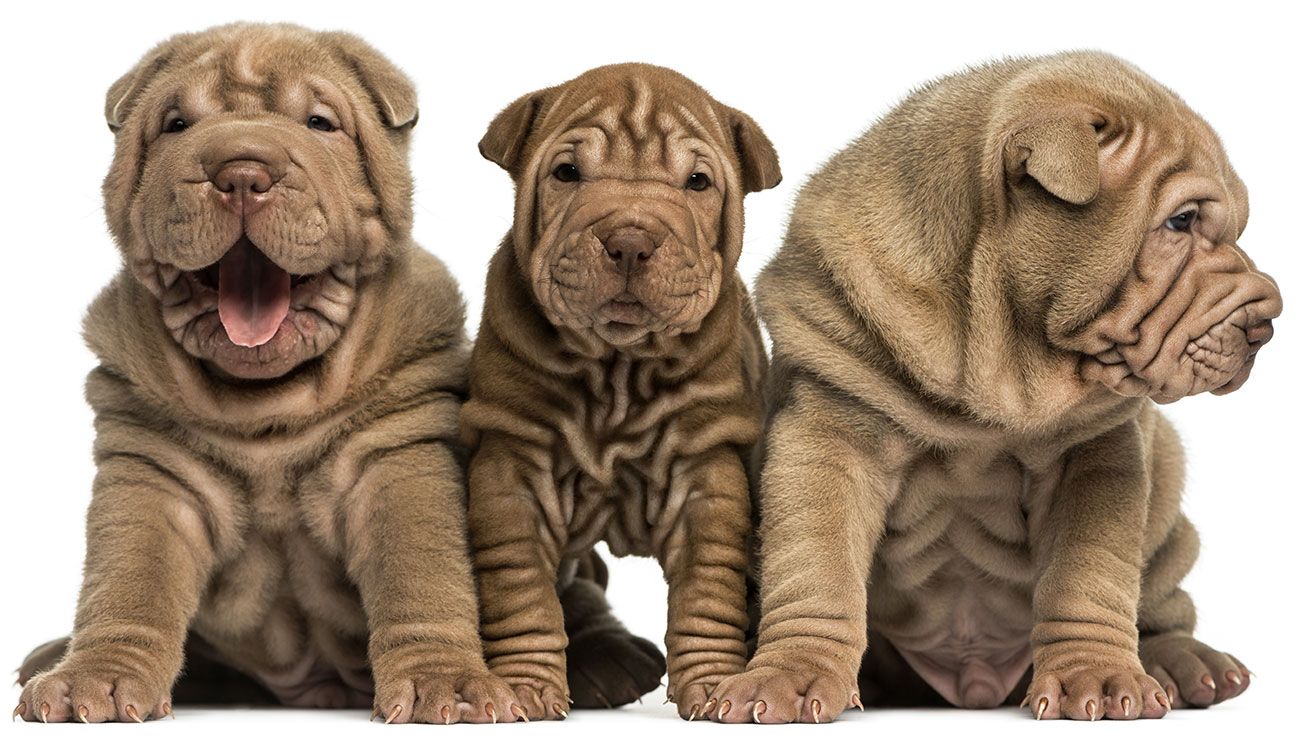
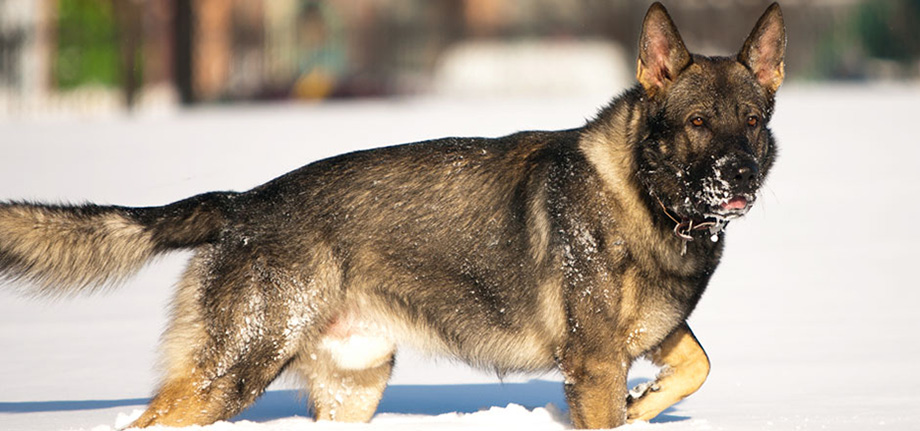
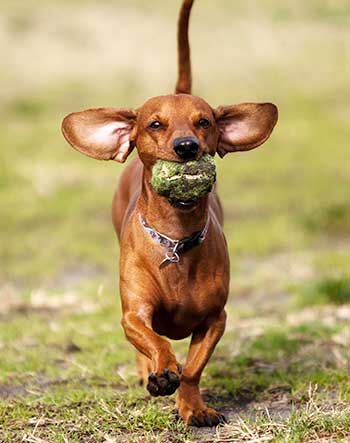

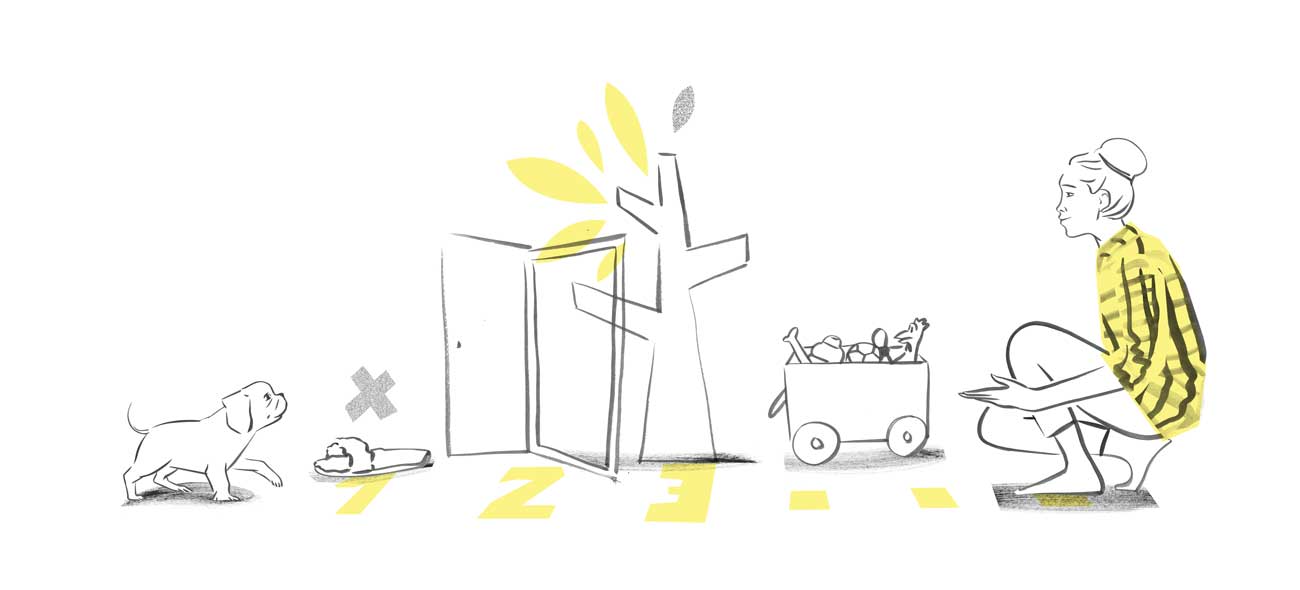
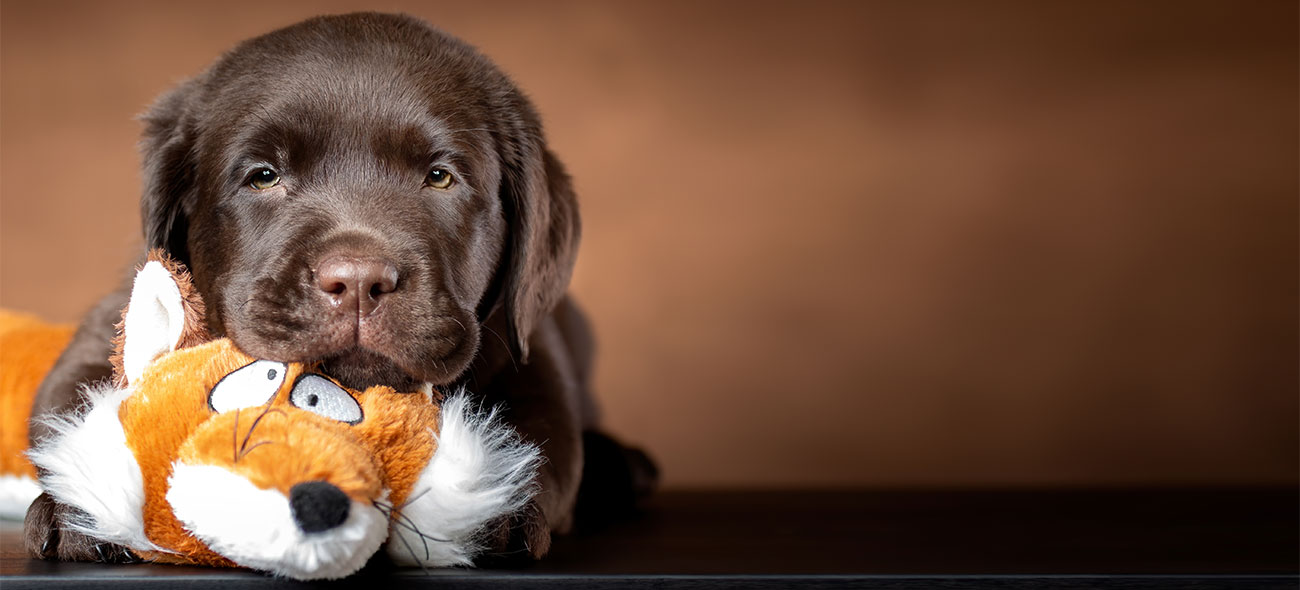
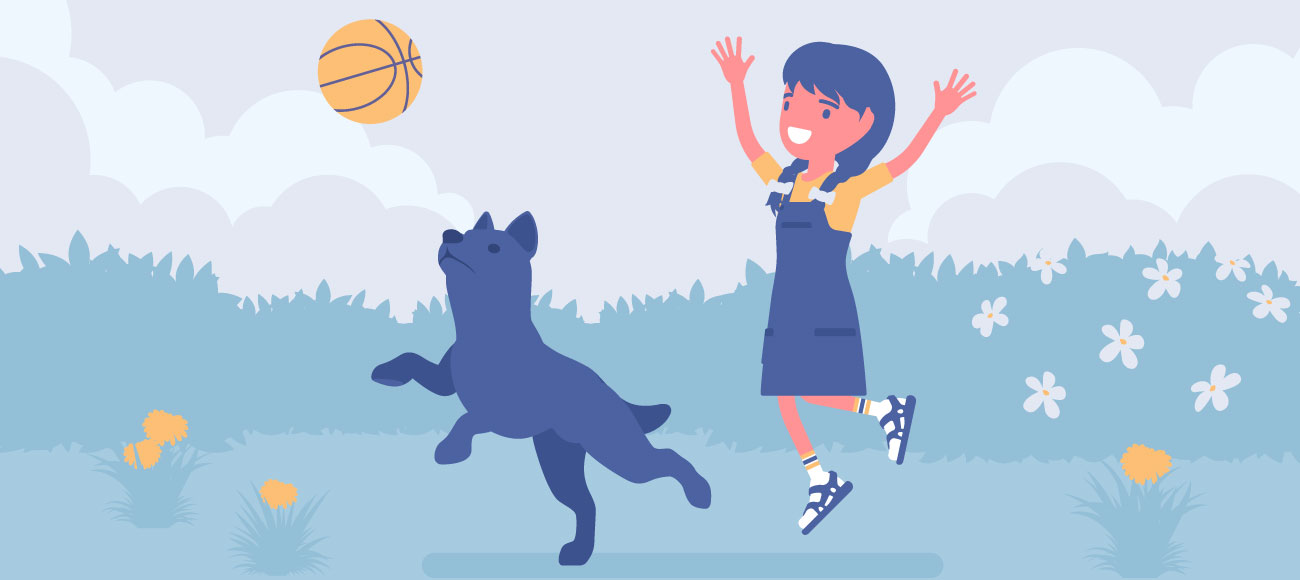

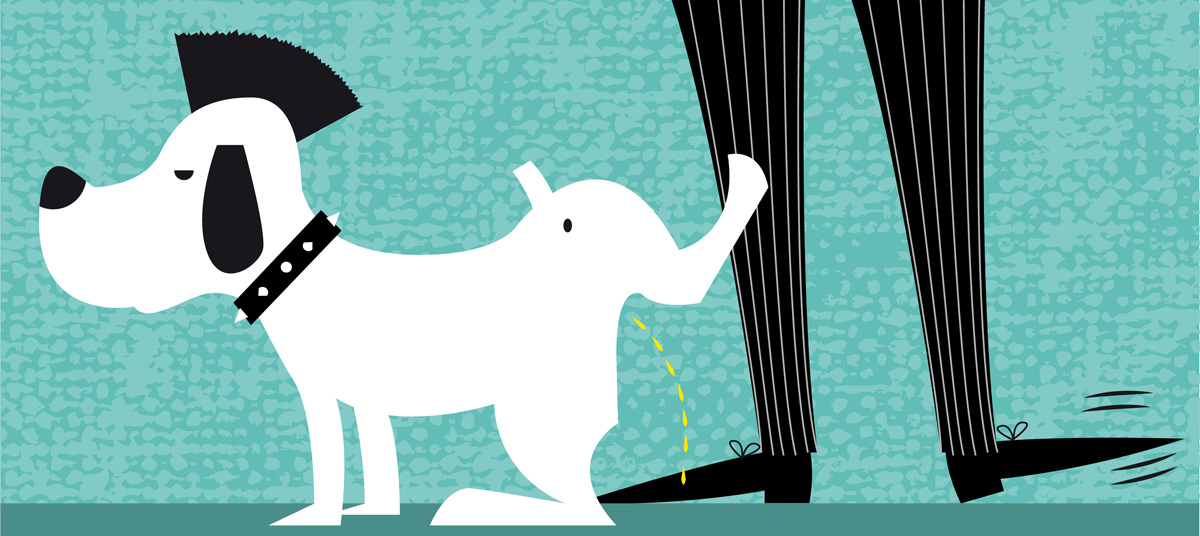
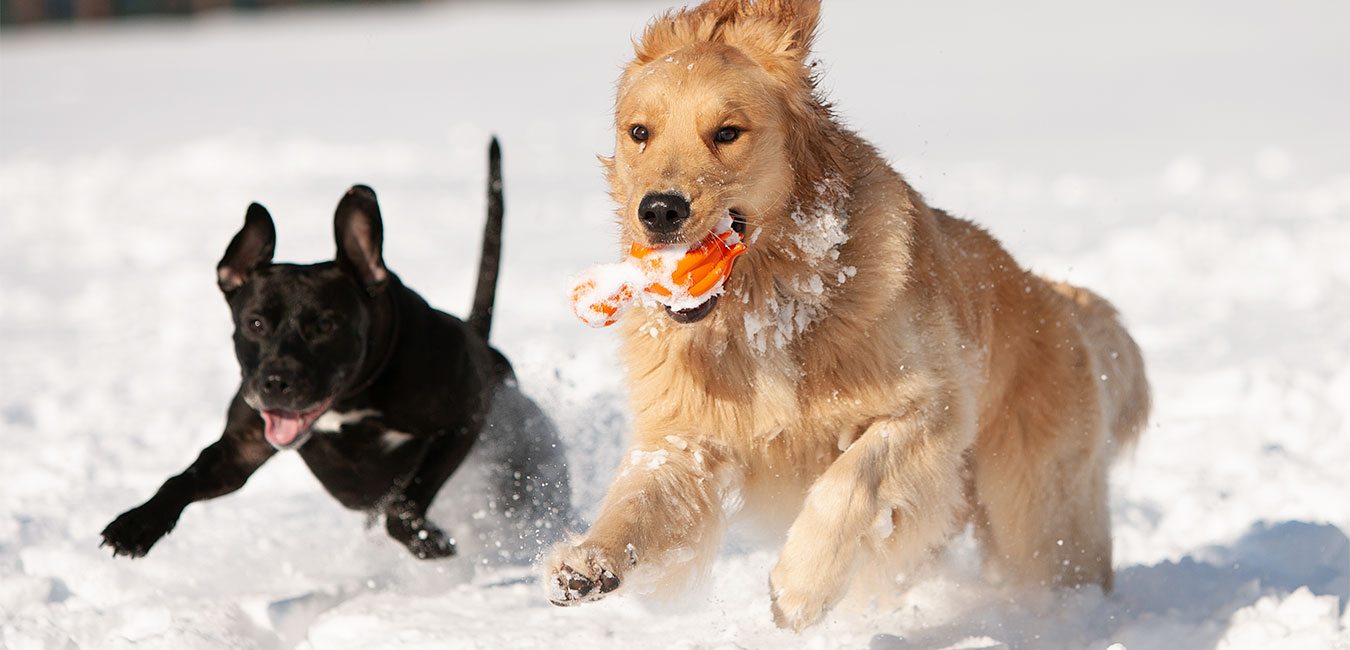
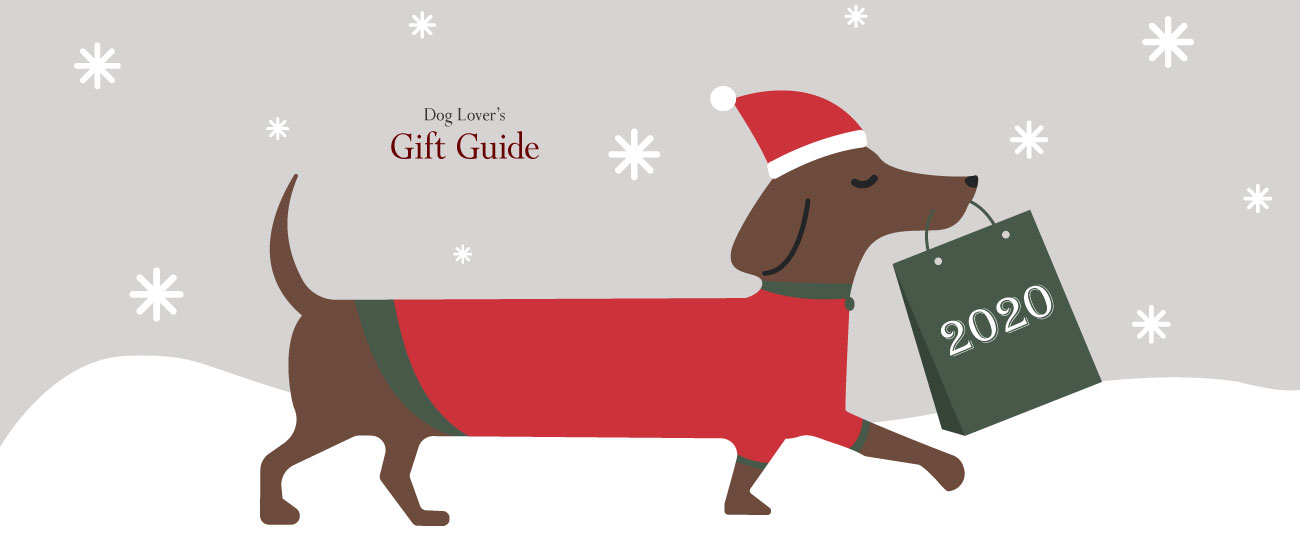
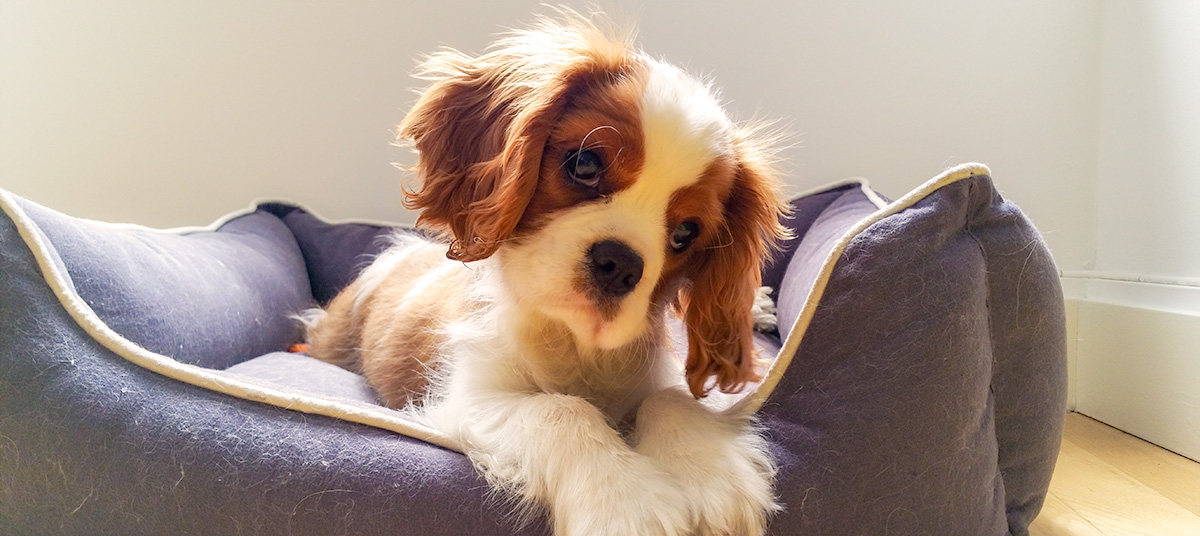

Really interesting readI didn’t realize how important a dog’s skin microbiome can be, and how over-bathing or over-sanitizing might do more harm than good. I love the reminder that regular brushing, a balanced diet, and outdoor time go a long way toward healthy skin and coat. Thanks for sharing these thoughtful, natural-focused tips!